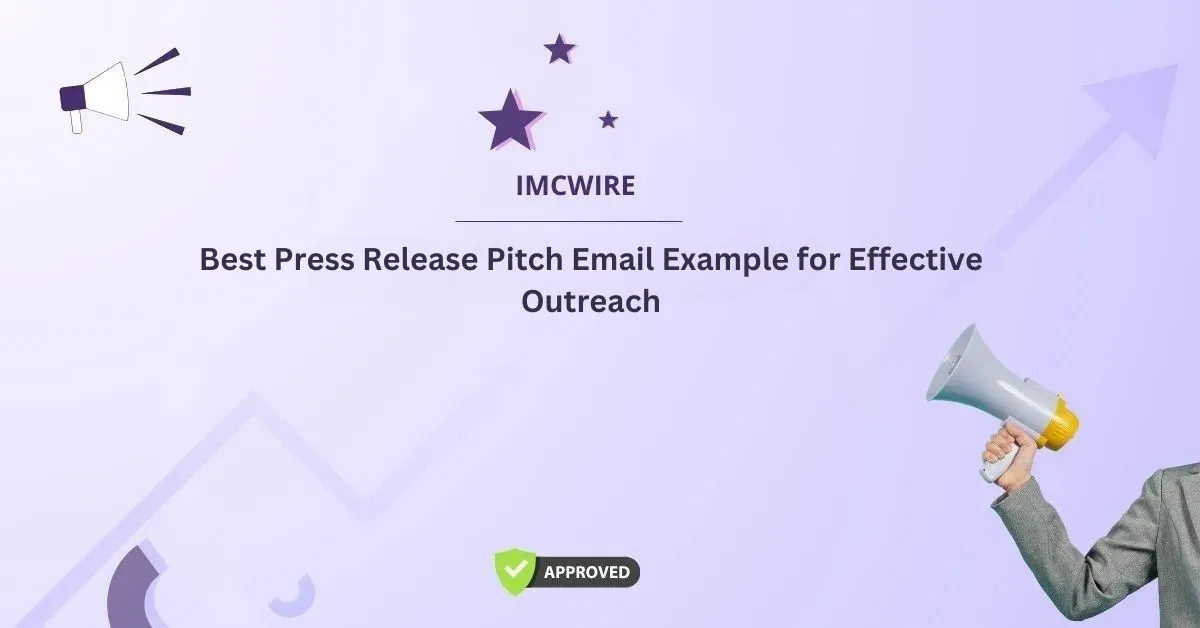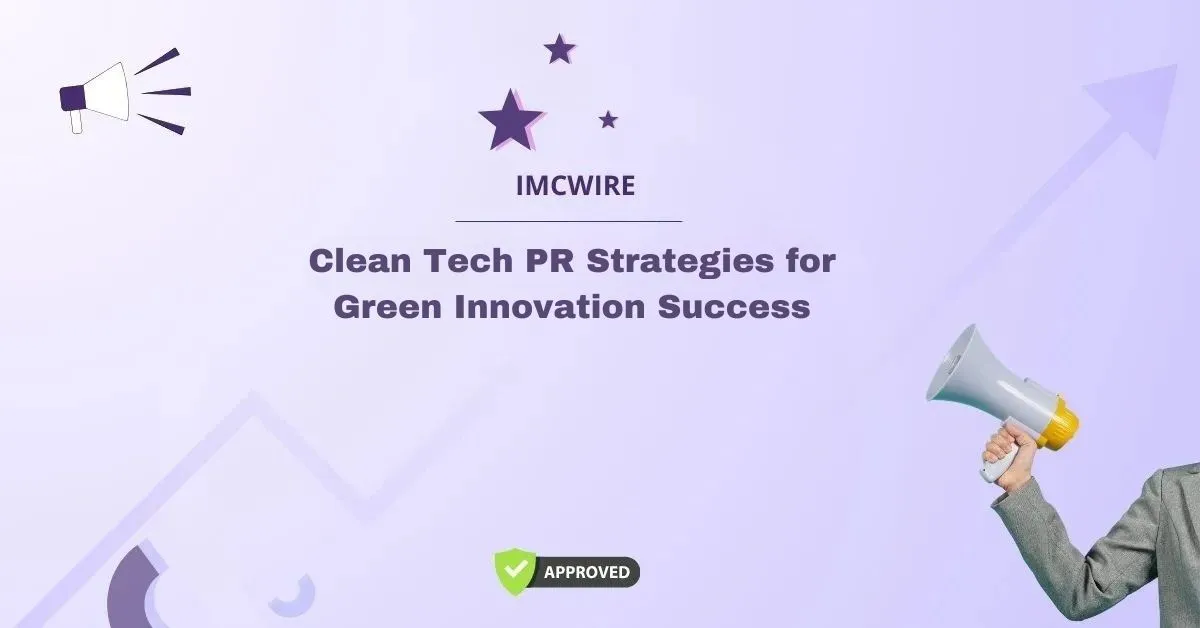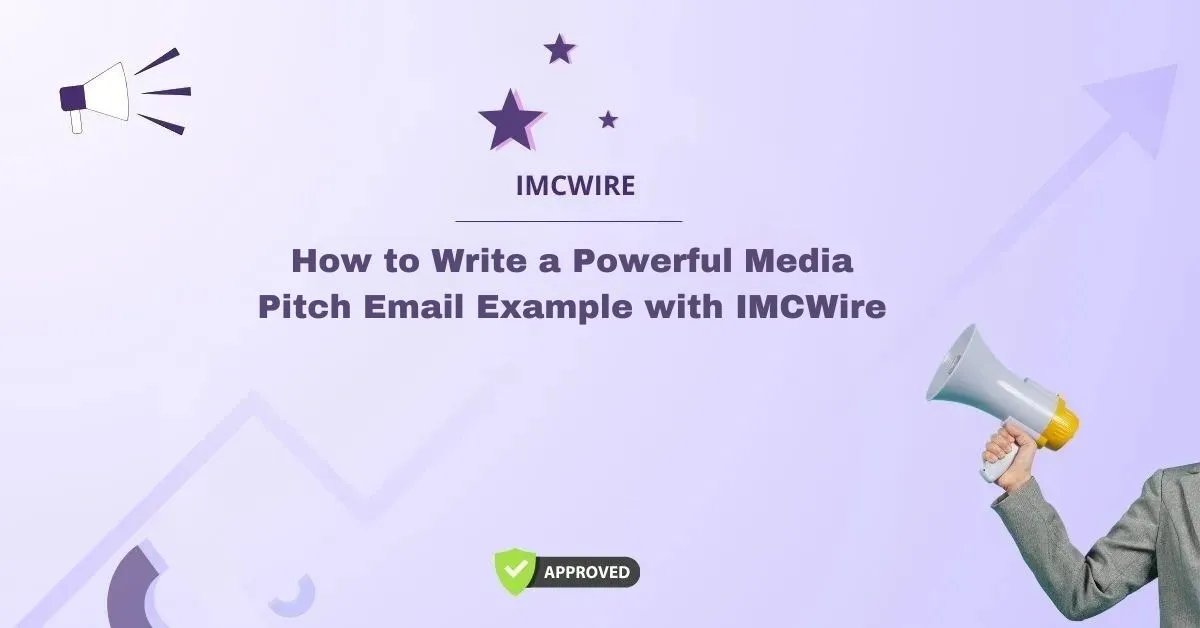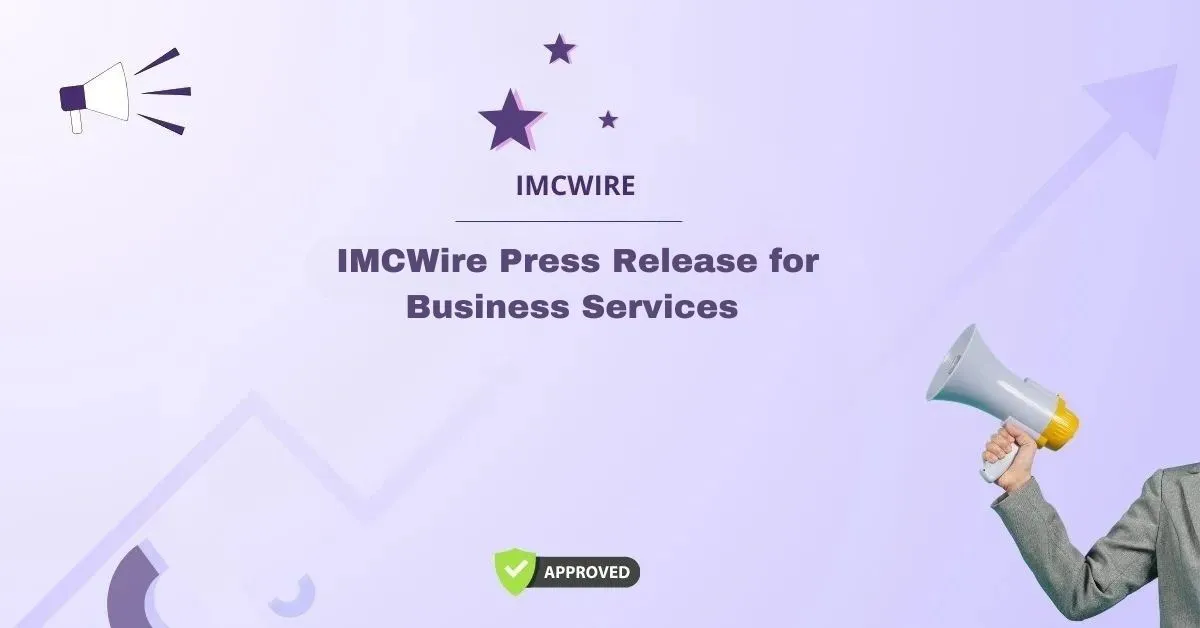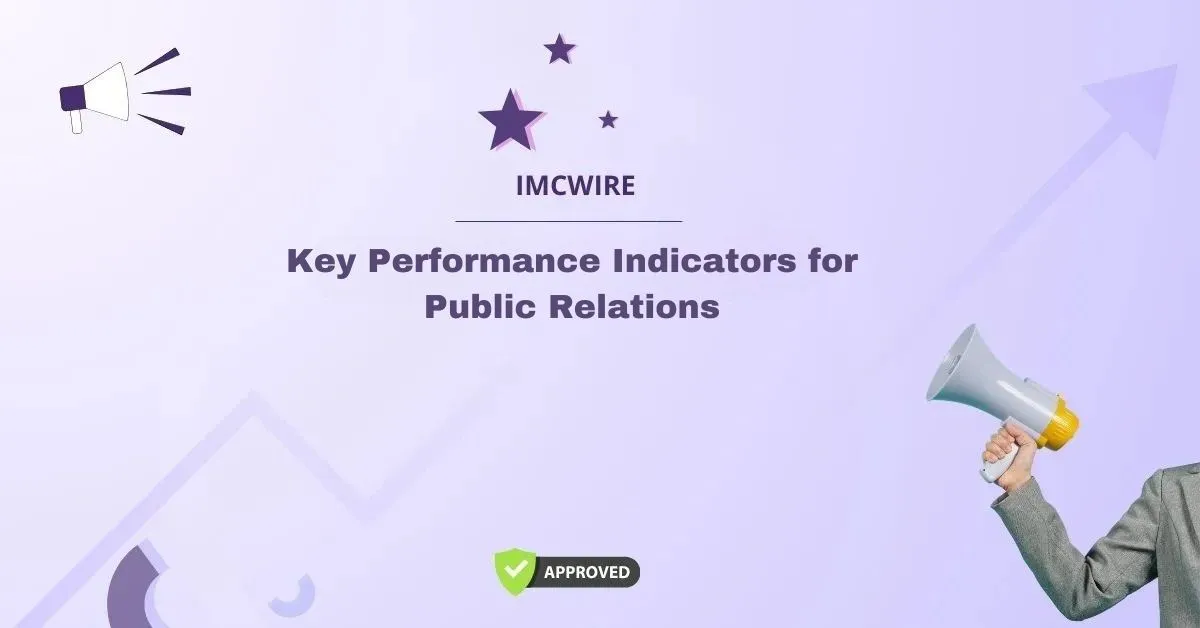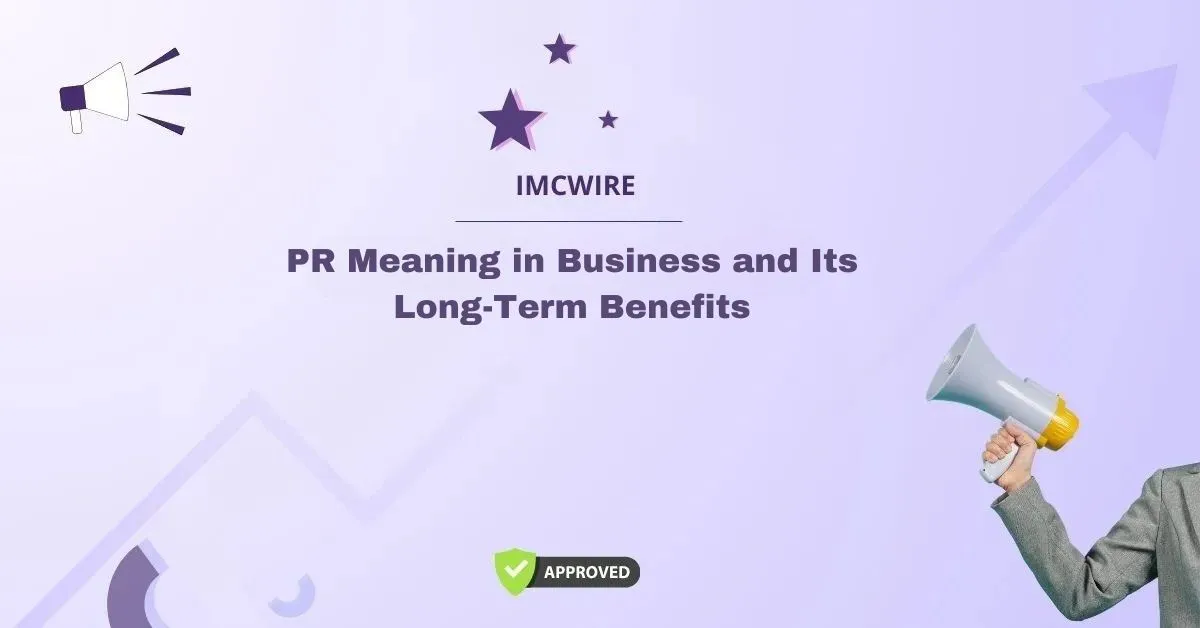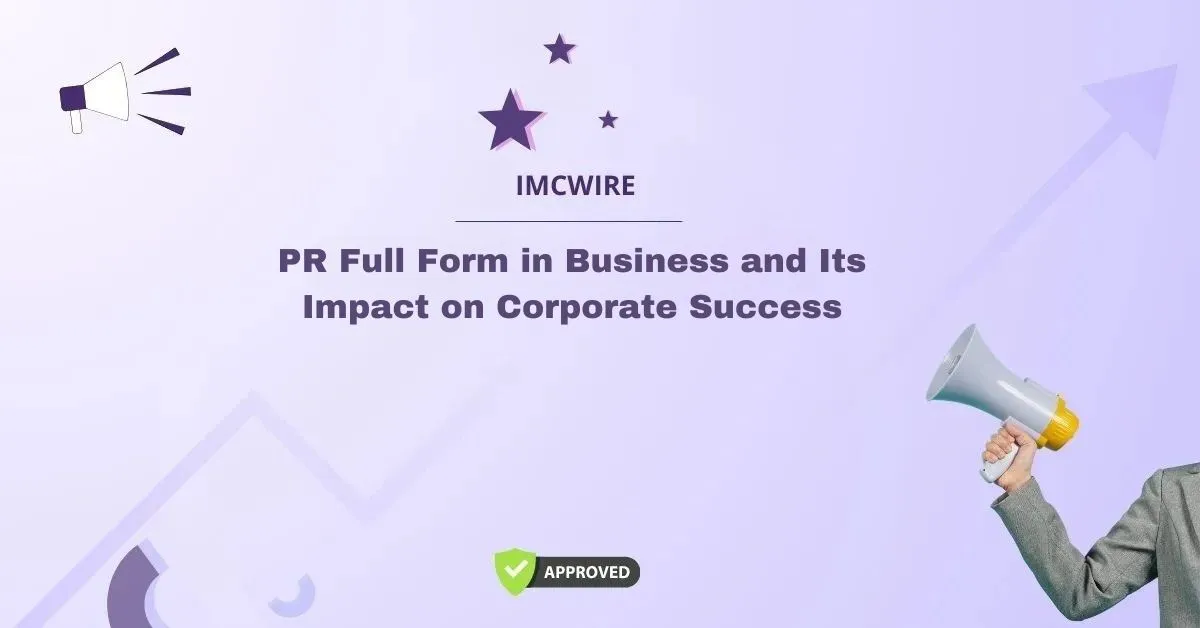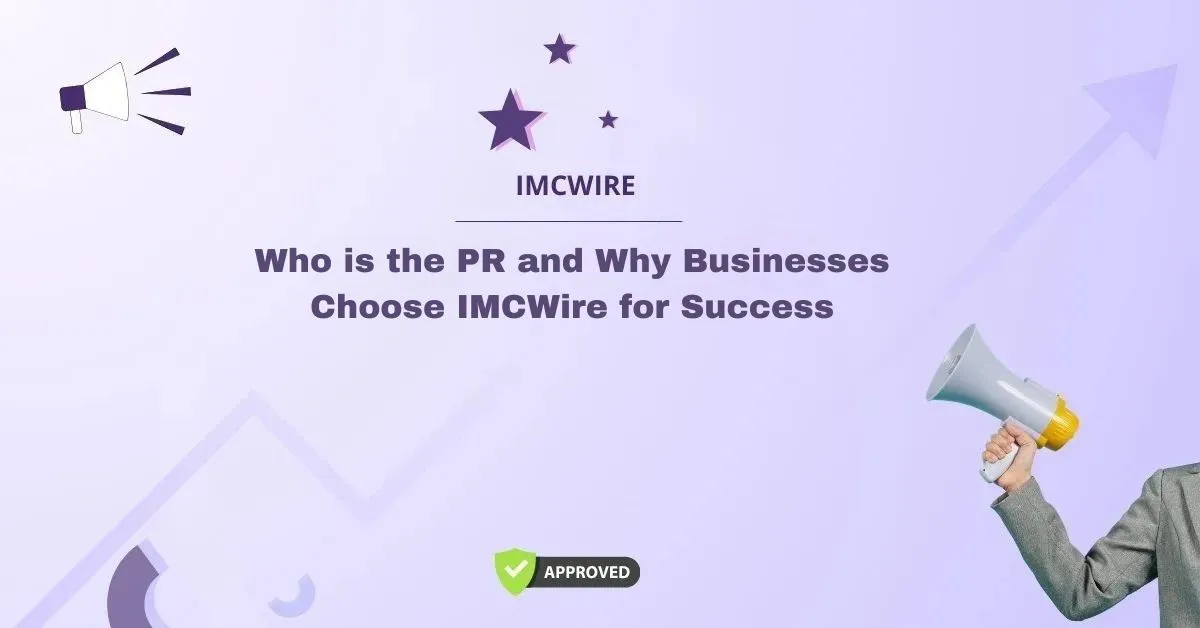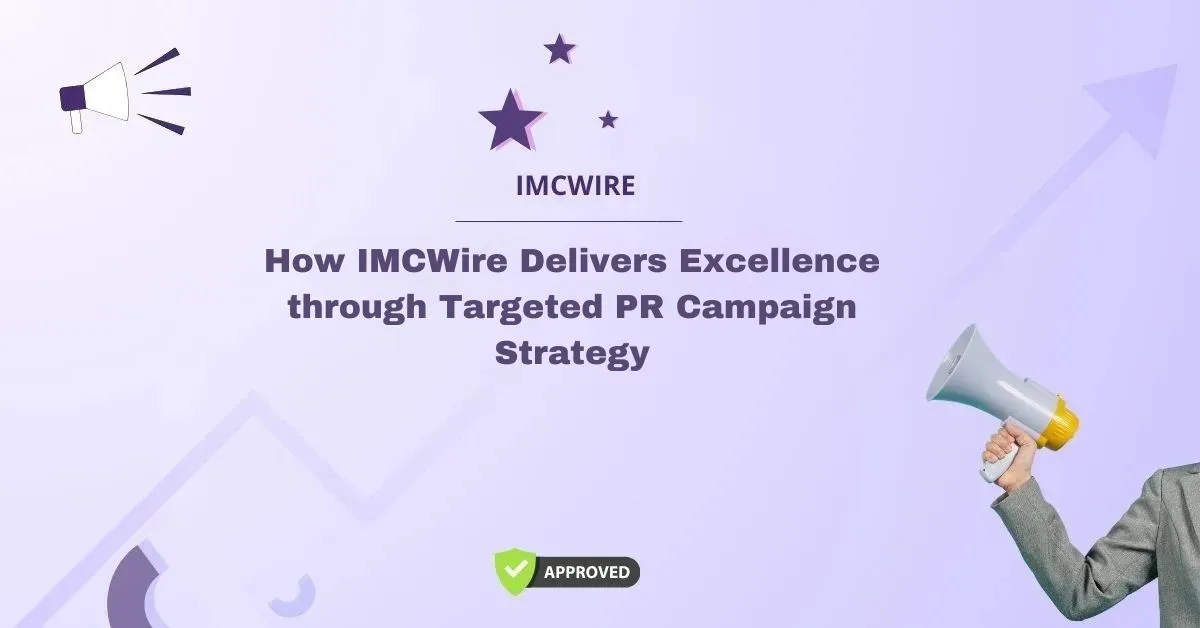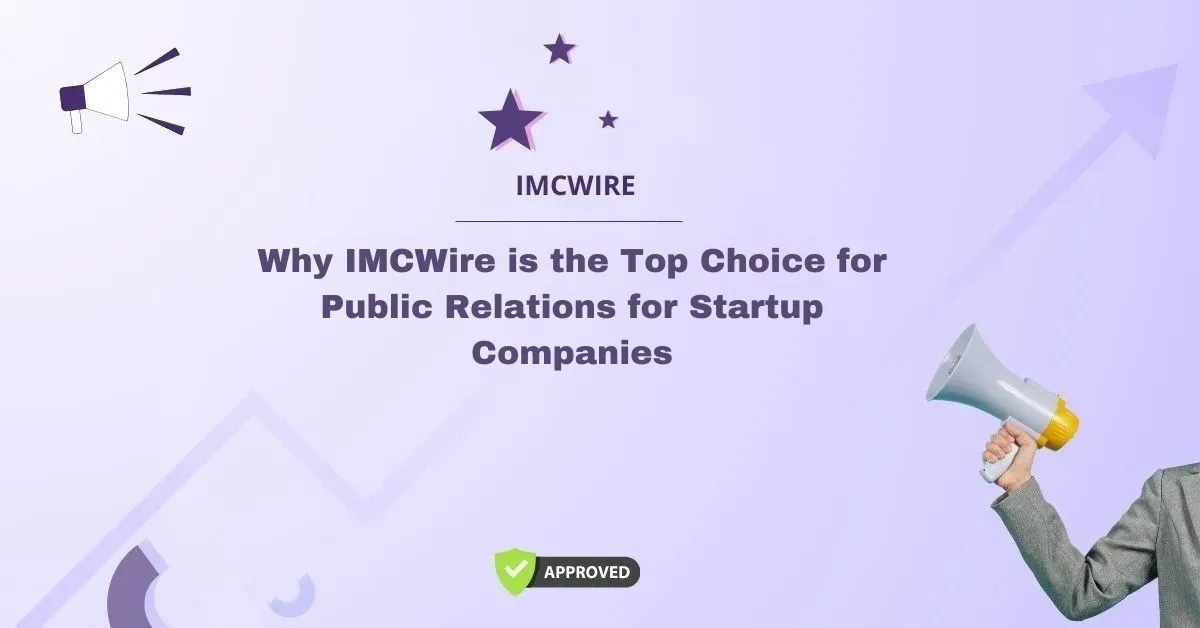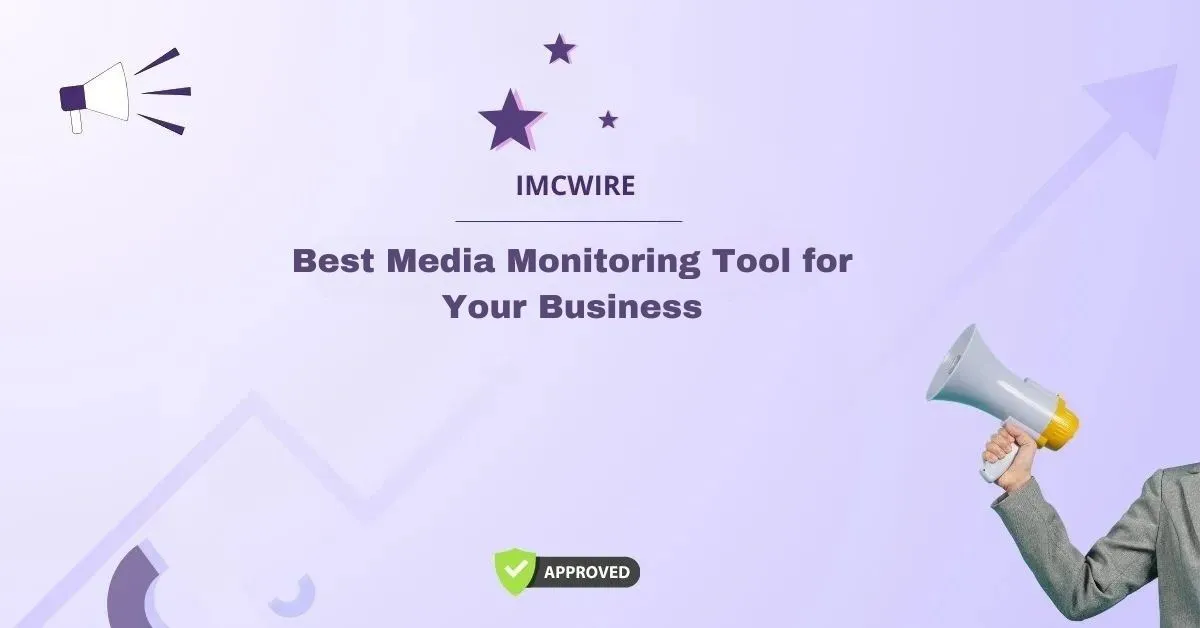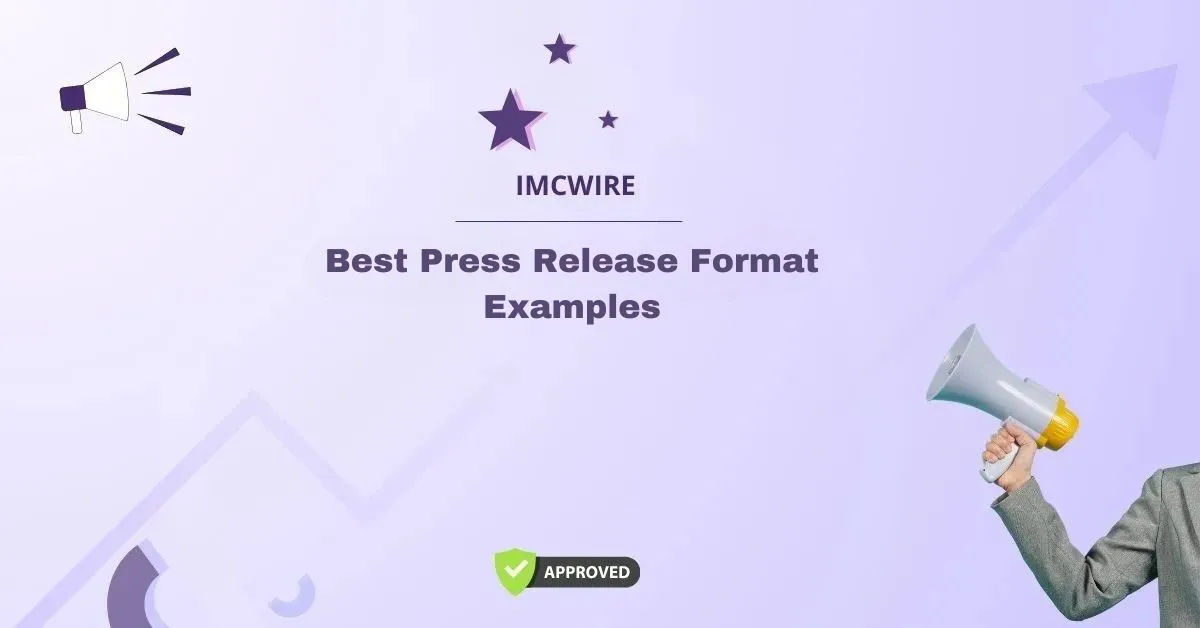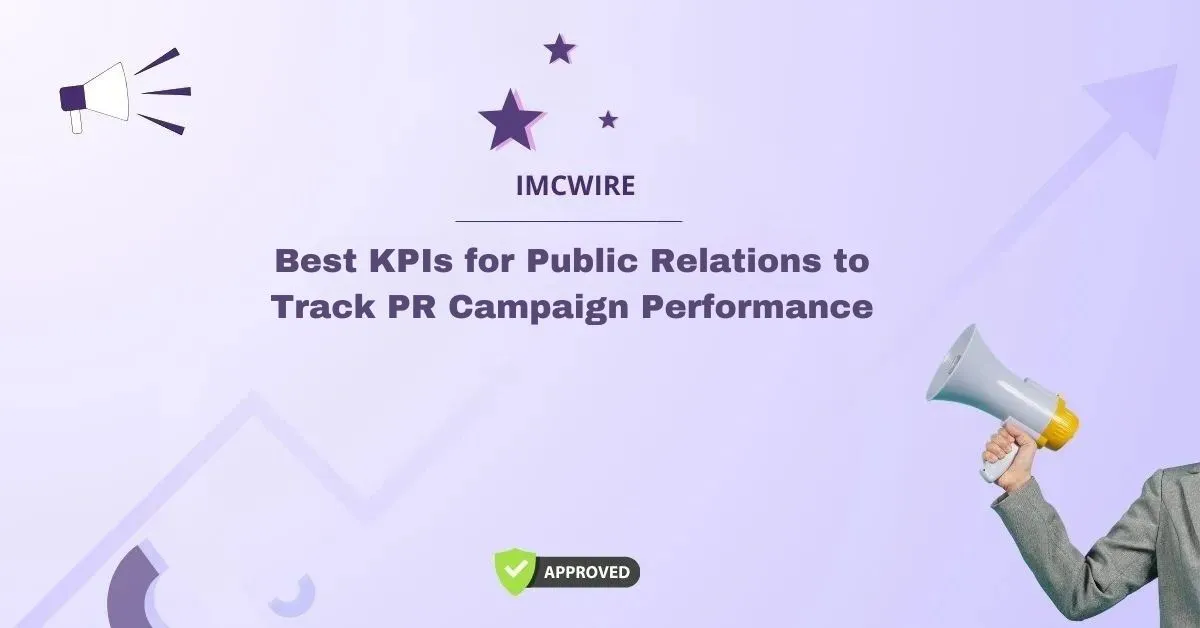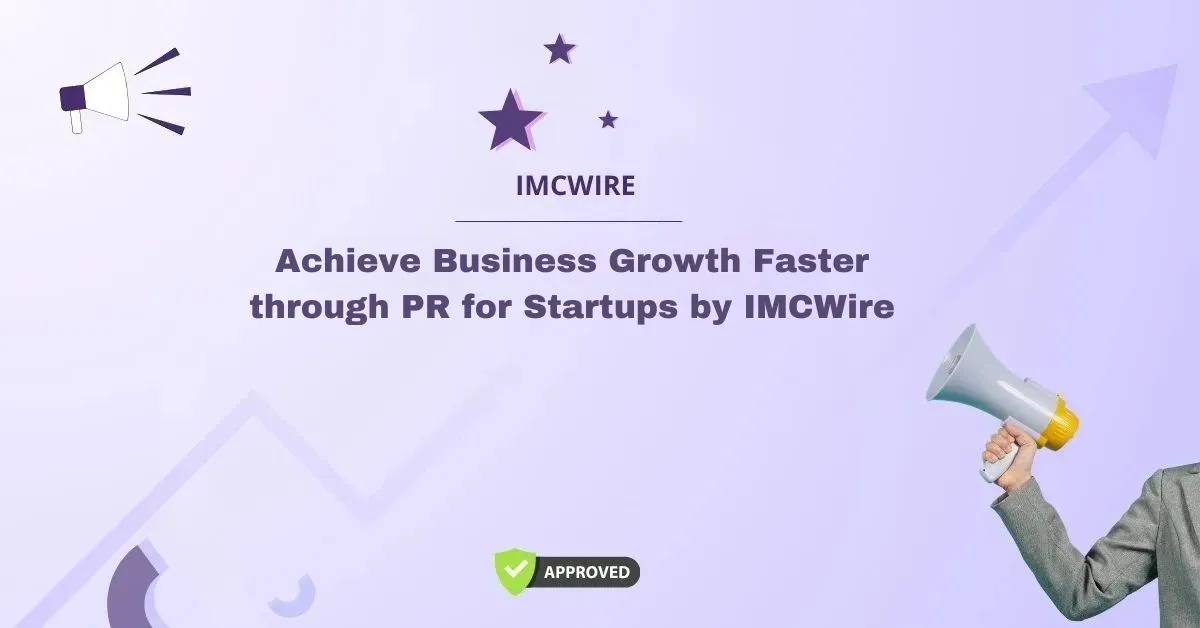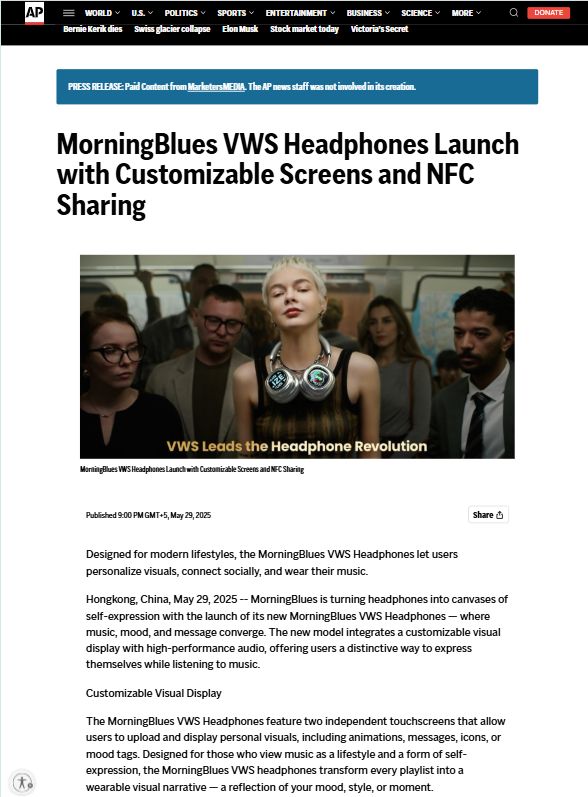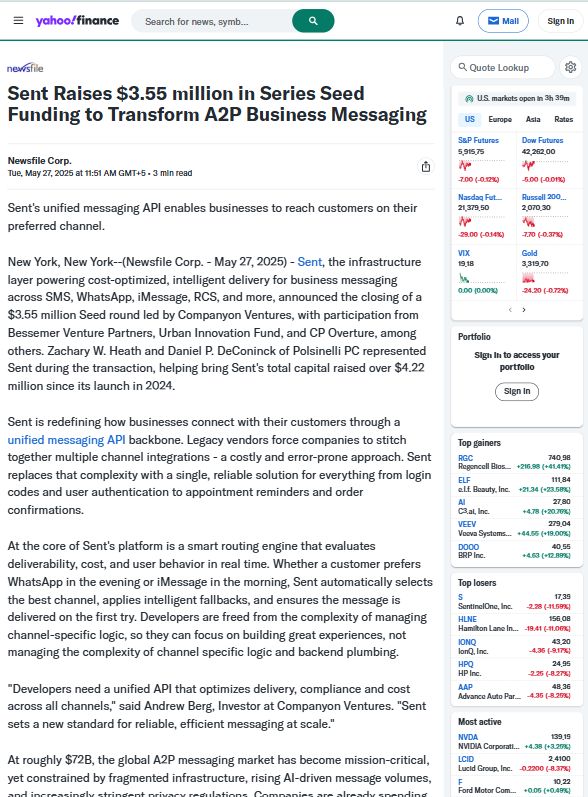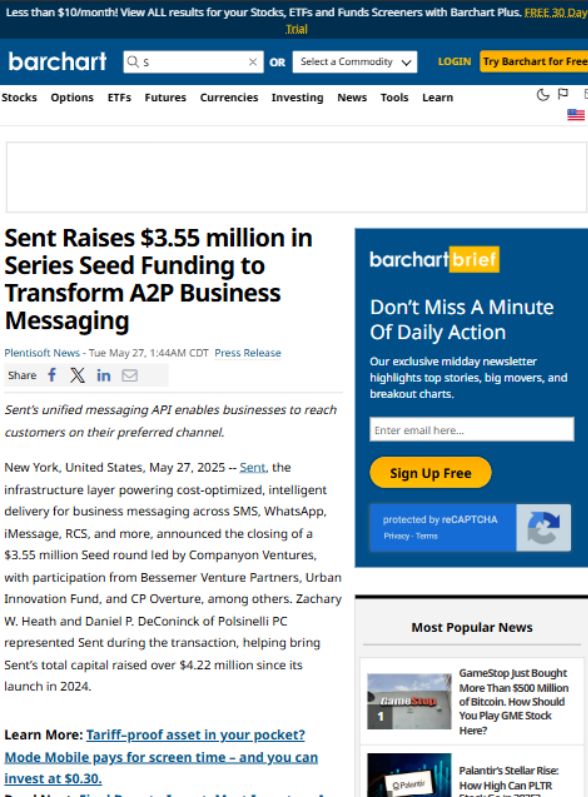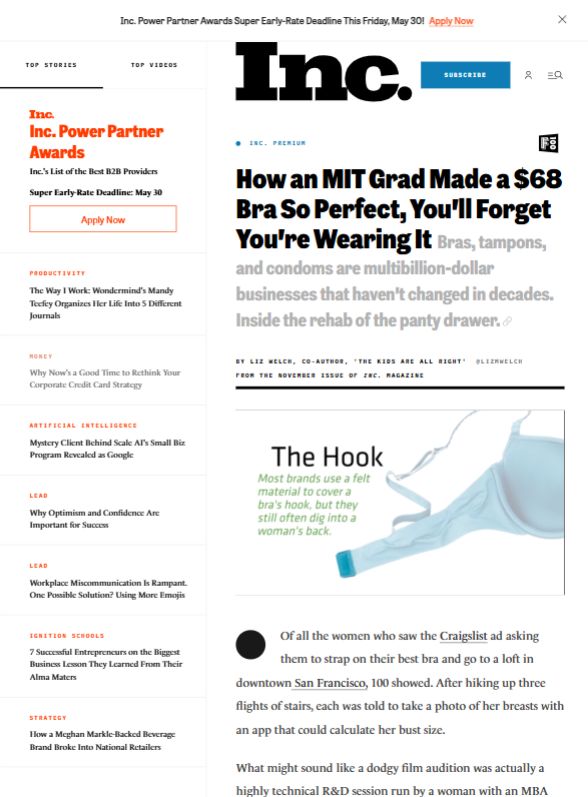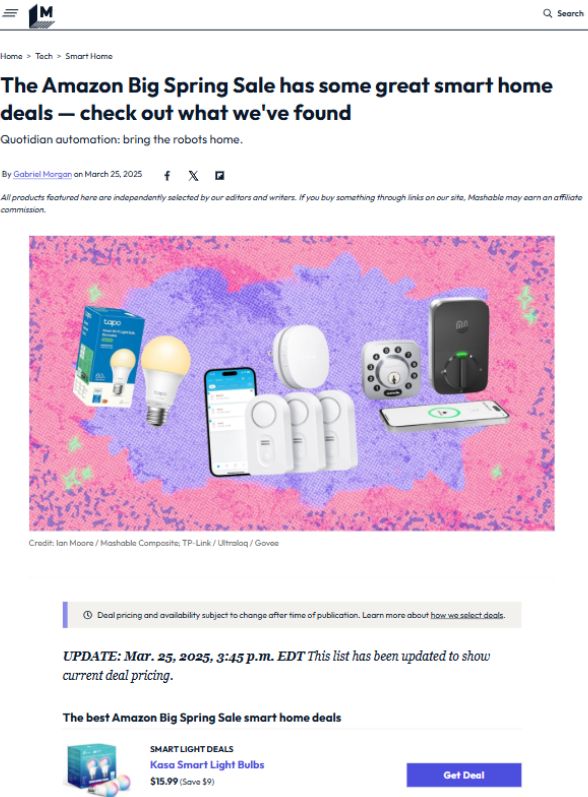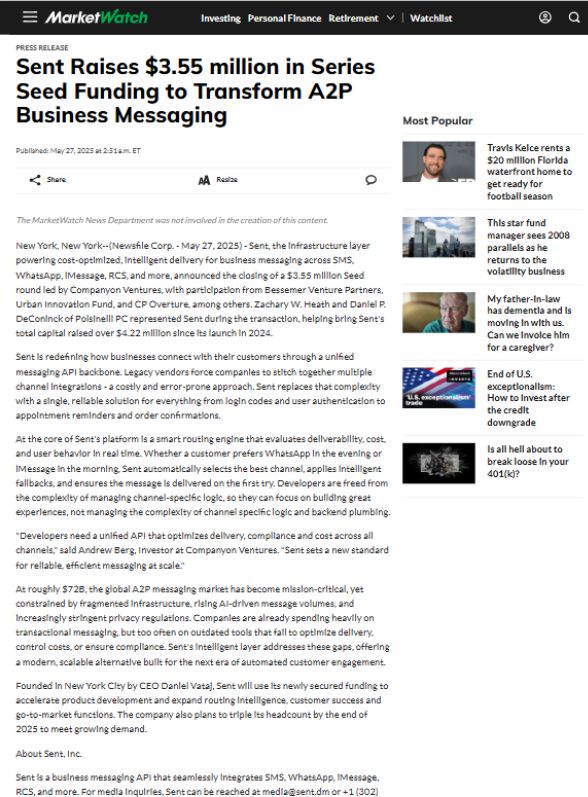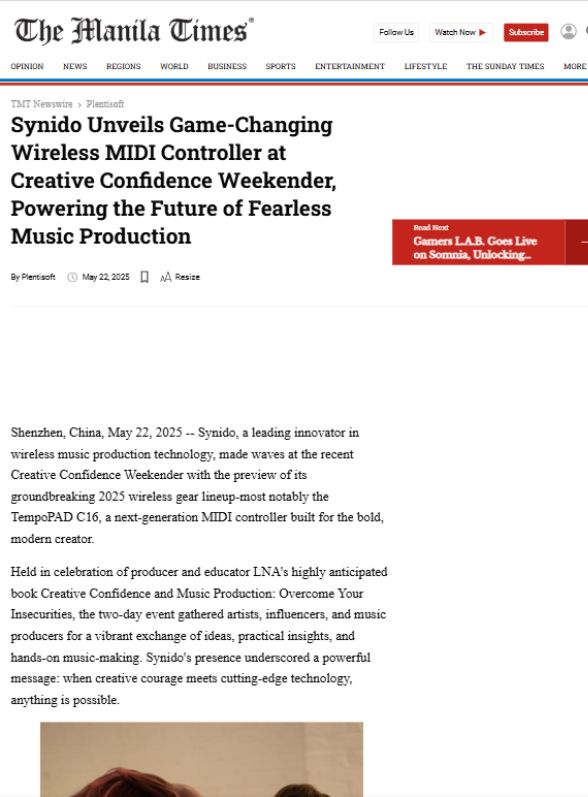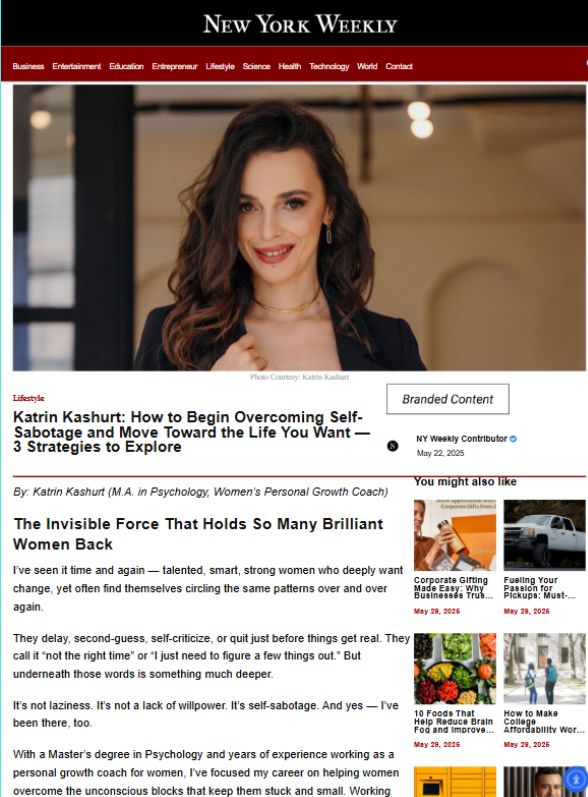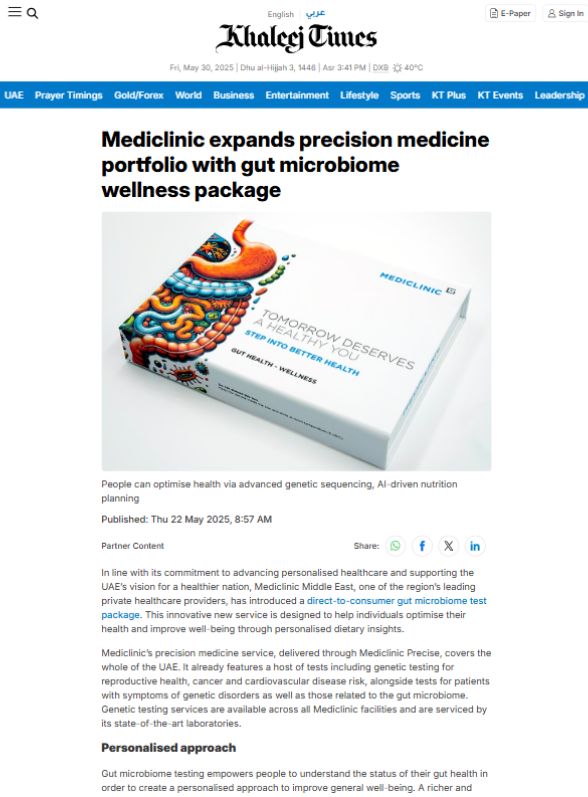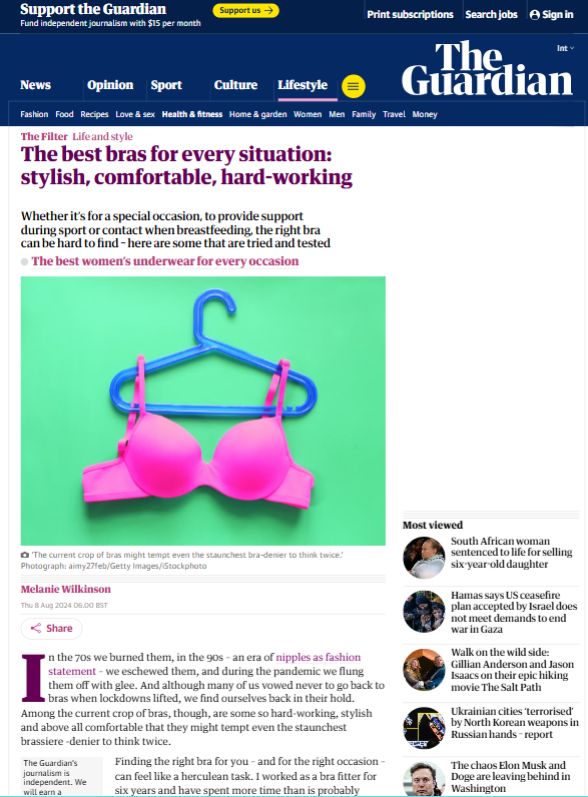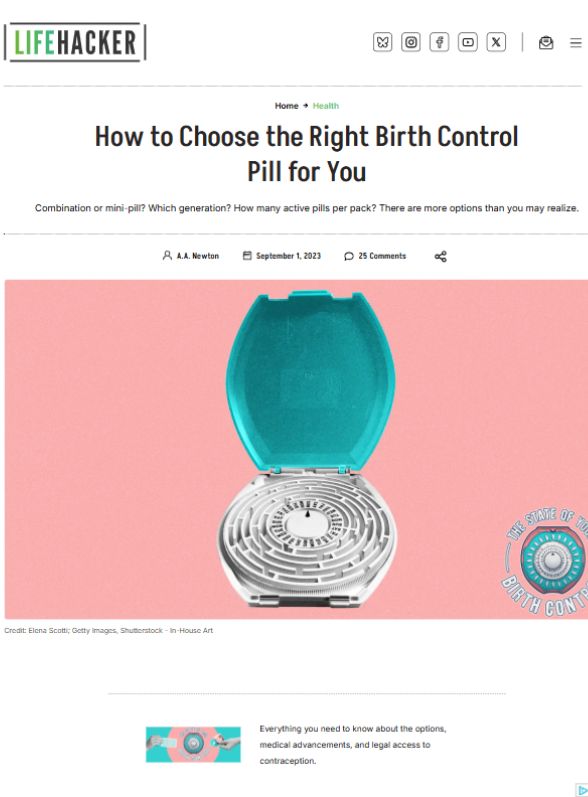In today’s fast-paced digital landscape, public relations professionals and marketers need to craft compelling narratives to stand out in a crowded media space. A well-written press release alone is not enough. The real magic lies in the pitch email that delivers your story to journalists, editors, and influencers.
If you’re looking for the perfect press release pitch email example, this comprehensive guide will walk you through everything you need to know. From structure and tone to personalization and follow-ups, we’ll provide you with a professional approach to pitching press releases that boost media visibility and brand credibility.
Table of Contents
Why Your Pitch Email Matters More Than the Press Release
While the press release provides the core content, your pitch email is what gets it read. Journalists receive hundreds of emails daily, and only the most concise, personalized, and well-structured pitches get opened. Your email acts as the front door to your story—it either invites them in or gets deleted instantly.
A strong press release pitch email example serves several purposes:
- Introduces your news in a compelling, digestible way
- Builds interest before the journalist even opens the attachment
- Establishes credibility and relevance
- Encourages further action—be it reading, replying, or publishing
The Anatomy of a Strong Press Release Pitch Email
Crafting a pitch email isn’t about being overly creative—it’s about being clear, relevant, and respectful of the recipient’s time. Let’s break down what a professional pitch email should include.
1. Subject Line: Short, Specific, and Intriguing
The subject line is arguably the most critical part of your pitch. Keep it short (under 50 characters) and make it intriguing enough to spark interest. Avoid clickbait—journalists can spot it a mile away.
Example:
“Exclusive: [Brand Name] Launches First-Ever AI-Driven Fitness App”
2. Personalized Greeting
Address the journalist by name whenever possible. Do your research. Mention a recent article or beat they cover to show that your pitch is relevant.
Example:
“Hi Amanda, I really enjoyed your recent article on wearable tech trends. I thought this story might interest you.”
3. Compelling Opening Line
Hook them from the first sentence. Get to the point quickly and explain why the story matters.
Example:
“Our team at [Company] is launching the first AI-powered fitness app that adapts in real-time to user performance—something we believe your readers would find valuable.”
4. Key Details in Bullet Form
Include the what, why, and when in a concise format. Bullet points work well here.
Example:
- Launch Date: August 1st, 2025
- Technology: Adaptive AI fitness tracking
- Market Relevance: First of its kind in the wellness industry
- Expert Quotes and Media Kit available upon request
5. Include the Press Release
Attach the full press release or link to it within the email. Avoid embedding it entirely into the body.
Example Line:
“I’ve attached the official press release for more details. Let me know if you need quotes, images, or interviews.”
6. Clear Call to Action
Tell the journalist exactly what you want them to do—review, reply, schedule an interview, or publish.
Example CTA:
“I’d be happy to set up a quick interview with our founder next week if you’re interested in covering the story.”
7. Professional Signature
Include your full name, title, contact information, and any relevant social media or website links.
Press Release Pitch Email Example
Here’s a polished and professional press release pitch email example you can use and customize:
Subject: Exclusive: EcoTech Unveils Solar-Powered Charging Backpack
Email Body:
Hi Mark,
I’m a fan of your work covering sustainable innovations, especially your recent piece on solar integration in everyday products.
I thought you’d be interested in EcoTech’s latest launch: the SolarBack, a solar-powered backpack that charges devices on the go—designed with eco-conscious travelers in mind.
Key highlights:
- Launch Date: September 15, 2025
- Features: Lightweight, weatherproof, dual USB charging
- Sustainability: Made from 100% recycled ocean plastics
- Endorsed by National Outdoor Association
The product will be showcased at the upcoming GreenTech Expo in San Francisco.
I’ve attached the official press release. High-res product images and interviews with the CEO are available upon request.
Let me know if you’d like to cover this or need more details.
Best regards,
Sarah Kim
Media Relations | EcoTech Innovations
[email protected] | (212) 555-0199
[LinkedIn] | [Website URL]
Best Practices for Pitching Press Releases
Beyond the structure, the effectiveness of your pitch email also depends on how you send it. Here are some professional tips:
1. Know Your Audience
Don’t use mass emailing tactics. Journalists hate being treated like a list. Build a curated media list based on relevance.
2. Timing Is Everything
Avoid sending emails on Friday afternoons or Monday mornings. Optimal times are Tuesdays through Thursdays between 10 AM and 1 PM.
3. Use a Professional Email Address
Make sure you’re sending from a domain email (e.g., [email protected]). It builds credibility.
4. Avoid Attachments When Possible
Journalists are wary of attachments due to security concerns. Use links to cloud-hosted documents or embed basic information in the body.
5. Follow Up Respectfully
If you haven’t heard back within 3–4 business days, it’s okay to send a short follow-up. Be polite, and never guilt-trip the journalist.
Example Follow-Up:
“Hi Mark,
Just wanted to follow up on my previous email about EcoTech’s SolarBack. Let me know if it’s something you’d consider covering—I’d be happy to provide more details.
Thanks again!”
Tools to Help You Pitch Like a Pro
Consider using the following tools to improve your outreach:
- Muck Rack or Cision: Find relevant journalists and monitor media placements.
- Grammarly or Hemingway App: Ensure your pitch is clear, error-free, and professional.
- IMCWire’s Distribution Services: For bulk distribution and analytics.
Common Mistakes to Avoid
- Being Too Promotional: Journalists want stories, not ads. Focus on the news angle.
- Overloading the Email: Stick to the essentials. Too much info overwhelms.
- Generic Pitches: Always personalize. Even one unique line referencing their work can set your pitch apart.
- Unclear Subject Lines: “Press Release” or “Breaking News” alone won’t cut it. Be specific.
- Skipping a CTA: Don’t assume the journalist knows what you want them to do.
Final Thoughts
Sending a press release is more than just drafting a document—it’s about effectively pitching that document. A professional, concise, and personalized email increases the chances of your news being seen, shared, and published.
The press release pitch email example provided here is designed to help you craft your own winning outreach. With attention to detail, a journalist-first mindset, and a clean format, you’ll be able to turn cold pitches into hot media coverage.
For businesses, startups, and public relations professionals looking to maximize visibility, IMCWire offers robust distribution and targeting tools that ensure your press release reaches the right audience—backed by data and industry insight.
Use this guide to elevate your outreach strategy and make every email count.

